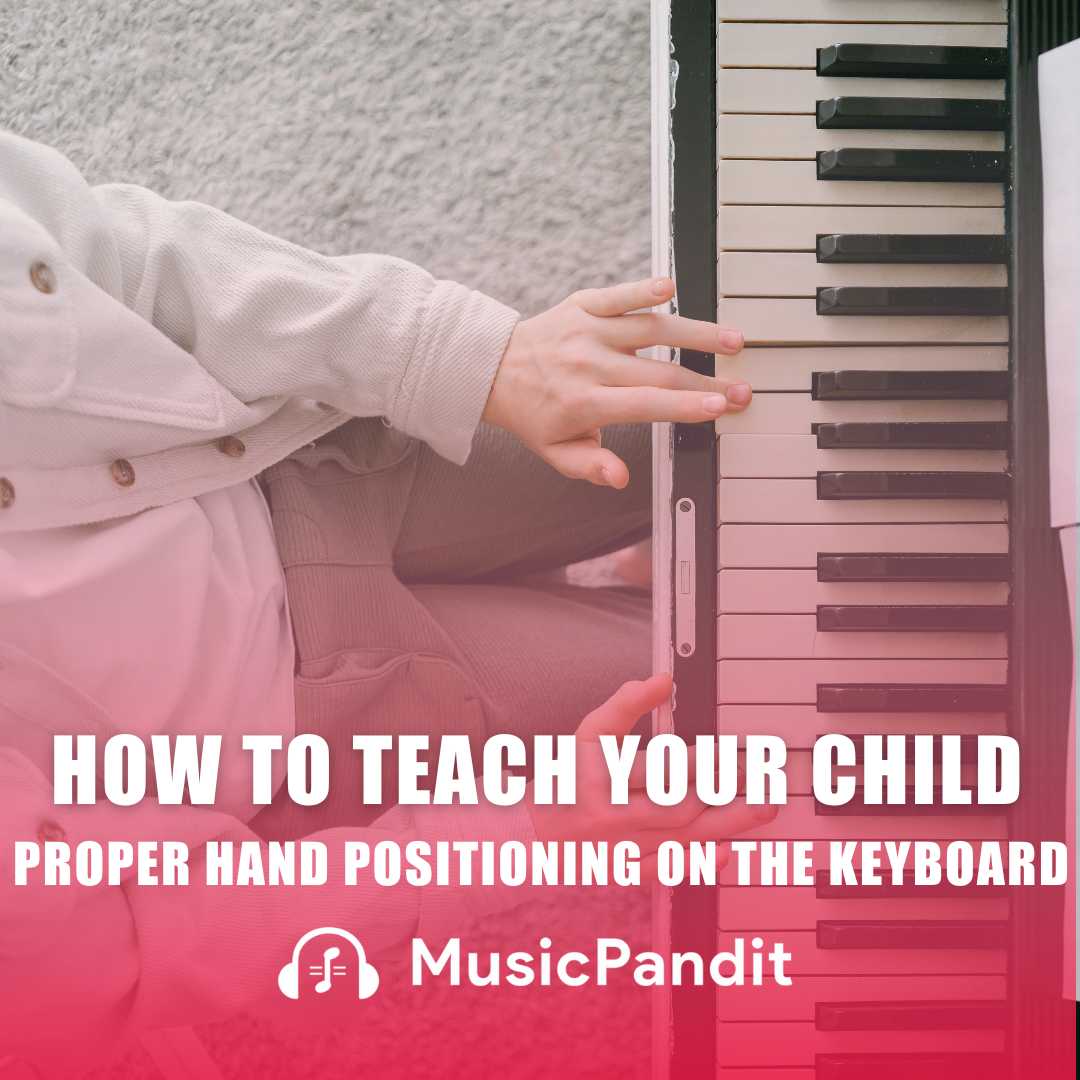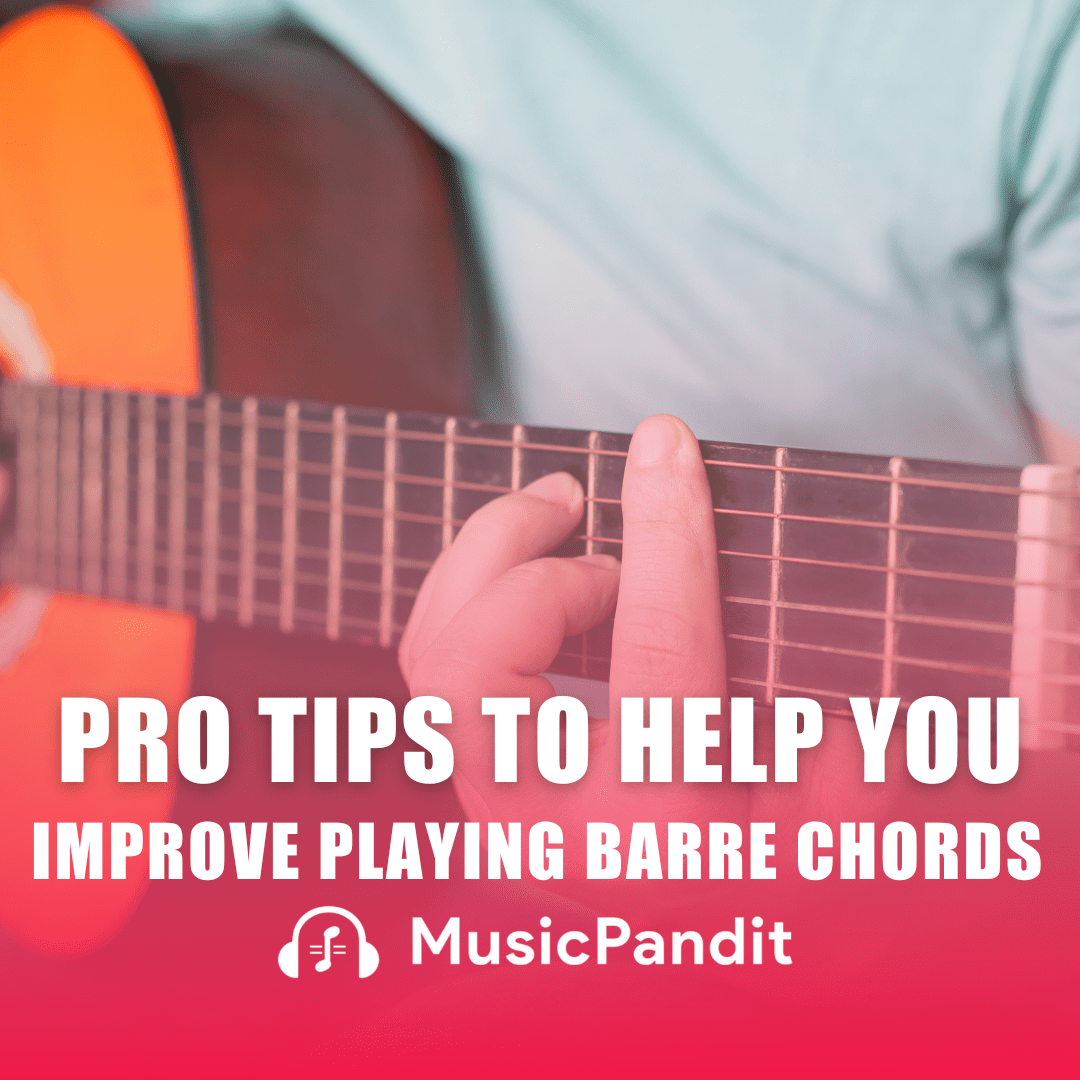For beginners, understanding and studying keyboard chords is a fundamental step in learning to properly play the keyboard. In this blog, we will discover the basic keyboard chords especially for beginner students that will help them start playing music right away.
That being said, keyboard chords are the backbone of infinite songs throughout all genres. So, whether you are aiming to play classical portions or current pop hits, a good hold of these chords will greatly enhance your musical capabilities. By the end of this blog, you will be well equipped with the basics of keyboard chords and ready to put your fingers in action on the instrument.
Understanding the Structure of Keyboard Chords
Keyboard chords are constructed from an aggregate of notes played simultaneously. Each chord consists of at least 3 notes: the root, the third, and the fifth. These notes are spaced in step with precise durations, developing exclusive chord sorts. By learning those simple structures, you will be capable of recognizing and playing diverse chords throughout different keys.
Understanding the structure of keyboard chords is vital for any beginner. The root note serves as the foundation, while the third and fifth outline the chord’s nice (essential, minor, and many others.). By working towards those structures, you may increase a keen ear for figuring out and forming chords, a skill so as to serve you well as you progress on your musical adventure.
Major Chords: Foundation of Harmonic Progressions
Major chords are the constructing blocks of many songs and are often the first chords novices study. These chords have a vivid and happy sound, making them a staple in several genres. A predominant chord is shaped by means of playing the bass note, a prime 1/3 above the foundation, and an excellent 5th above the base. For instance, a C main chord consists of the notes C, E, and G.
Mastering predominant chords is essential for keyboard beginners. These chords provide a solid foundation for harmonic progressions, permitting you to play an extensive variety of songs. Practising foremost chords in distinct keys will help you emerge as familiar with the keyboard format and enhance your finger coordination, making it less difficult to transition between chords smoothly.
Major Chords to Practise:
– C Major (C, E, G)
– G Major (G, B, D)
– F Major (F, A, C)
Minor Chords: Adding Depth and Emotion
Minor chords add emotional intensity for your song. They have an extra sombre and melancholic tone in comparison to most important chords. A minor chord is created by using gambling the root word, a minor third above the basis, and a great fifth above the basis. For instance, an A minor chord includes the notes A, C, and E.
Learning minor chords is essential for including range and emotion in your playing. These chords are used appreciably in various genres to deliver feelings of disappointment, introspection, or anxiety. By practising minor chords, you will benefit from the potential to specify a much wider range of feelings for your music, making your performances extra dynamic and engaging.
Minor Chords to Practise:
– A Minor (A, C, E)
– D Minor (D, F, A)
– E Minor (E, G, B)
Dominant Seventh Chords: Creating Tension and Resolution
Dominant seventh chords introduce a sense of tension that resolves back to the tonic, adding a dynamic quality to your playing. These chords are fashioned by means of adding a minor 7th to a prime chord. For instance, a G7 chord includes the notes G, B, D, and F.
Understanding and practising dominant 7th chords will enhance your ability to create musical anxiety and resolution, an vital element of many patterns, particularly jazz and blues. These chords can lead into other chords easily, creating an experience of anticipation and launch that enriches your music.
Dominant Seventh Chords to Practise:
– G7 (G, B, D, F)
– C7 (C, E, G, Bb)
– D7 (D, F#, A, C)
Practice Tips for Learning Keyboard Chords
Start Slow: Begin by way of training one chord at a time. Focus on proper finger placement and make certain every notice sounds clear. Taking some time to analyse every chord correctly will build a robust basis for greater complex playing in the future.
Use a Metronome: Practice with a metronome to hold a regular pace and improve your timing. This tool is precious for developing a regular rhythm and ensuring that your transitions among chords are easy and particular.
Chord Progressions: Practise not unusual chord progressions to understand how chords transition from one to any other. This will assist you recognize patterns in tune and make it less difficult to study new songs.
Daily Practice: Consistency is key. Set apart time each day to educate your chords. Regular practice will toughen your getting to know and assist you maintain what you’ve learned, making it easier to progress.
Common Chord Progressions for Beginners
Learning chord progressions helps you understand the relationship among chords and how they shape the spine of many songs. Here are some clean keyboard track chords for novices:
I-IV-V Progression: Common in many genres, it makes use of the first (I), fourth (IV), and fifth (V) chords of a scale. In C predominant, this will be C-F-G. This development is ubiquitous in rock, pop, and blues, making it a flexible tool for any beginner.
ii-V-I Progression: Popular in jazz, this uses the second (ii), fifth (V), and first (I) chords. In C, Dm-G-C is important. Mastering this progression will provide you with a deeper information of jazz concord and enhance your improvisation capabilities.
Playing Chords in Different Keys
Once you’re snug with primary chords, exercise playing them in distinctive keys. This will enhance your versatility and knowledge of the keyboard. For instance, practice playing a C main chord, then circulate to D important, E main, and so forth. This exercise helps in transposing songs and understanding the structure of music.
Playing chords in unique keys will also enhance your ability to accompany singers or different musicians, as you may be capable of adapting to distinctive vocal tiers and contraptions. This ability is particularly precious for every person looking to perform in ensembles or bands.
Conclusion
Mastering keyboard chords for novices is an essential step to your musical journey. By studying principal, minor, and dominant seventh chords, you will be prepared to play an extensive form of songs. Remember to prepare often, use a metronome, and discover distinctive keys. With willpower, you will find yourself playing keyboard piano chords like a seasoned player in no time. Happy practising!
The journey to getting to know keyboard chords for novices may be tough, however with constant effort and practise, you will gain the capability to play and even create a musical track. Each practice consultation brings you one step towards turning into a confident and skilled keyboard participant. Enjoy the method and have a good time with your progress alongside the way!














